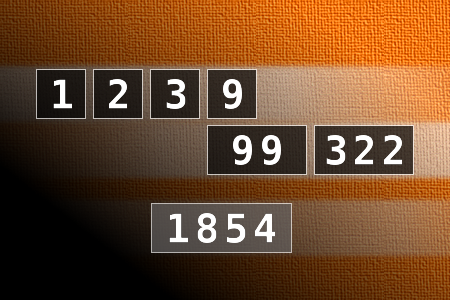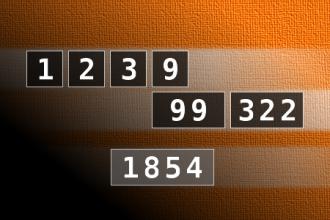Calculate the number 1854
NUMBERMANIA: Calculate the number 1854 using numbers [1, 2, 3, 9, 99, 322] and basic arithmetic operations (+, -, *, /). Each of the numbers can be used only once.
Question and answer blond jokes
A: They can't remember the number.
Q: Why don't blondes call 911 in an emergency?
A: She can't find the number 11 on the telephone buttons.
Q: How many blondes does it take to change a lightbulb?
A: "What's a lightbulb?"
Q: How many blondes does it take to change a lightbulb?
A: Two. One to hold the Diet Pepsi, and one to call, "Daaady!"
Q: How do you get rid of blondes?
A: Form a circle, give each blonde a gun, and tell them they are a firing squad.
Q: Santa Claus, the Tooth Fairy, a dumb blonde, and a smart blonde are walking down the street when they spot a $10bill. Who picks it up?
A: The dumb blonde! because, there is no such thing as Santa Claus, the tooth fairy, or a smart blonde.
Q: Santa Claus, the Tooth Fairy, a dumb blonde, and a smart blonde are walking down the street when they spot a $10bill. Who picks it up?
A: None of them, two don't exist and the dumb blonde thought it was a gum wrapper.

